Where is the Best Place to Plant a Hydrangea? Tips for Thriving Blooms
Hydrangeas are beloved for their vibrant blooms and lush foliage, making them a charming addition to any garden. The best place to plant a hydrangea is where it receives sunlight in the morning and shade in the afternoon. This helps prevent damage from intense midday sun, allowing the plant to thrive.
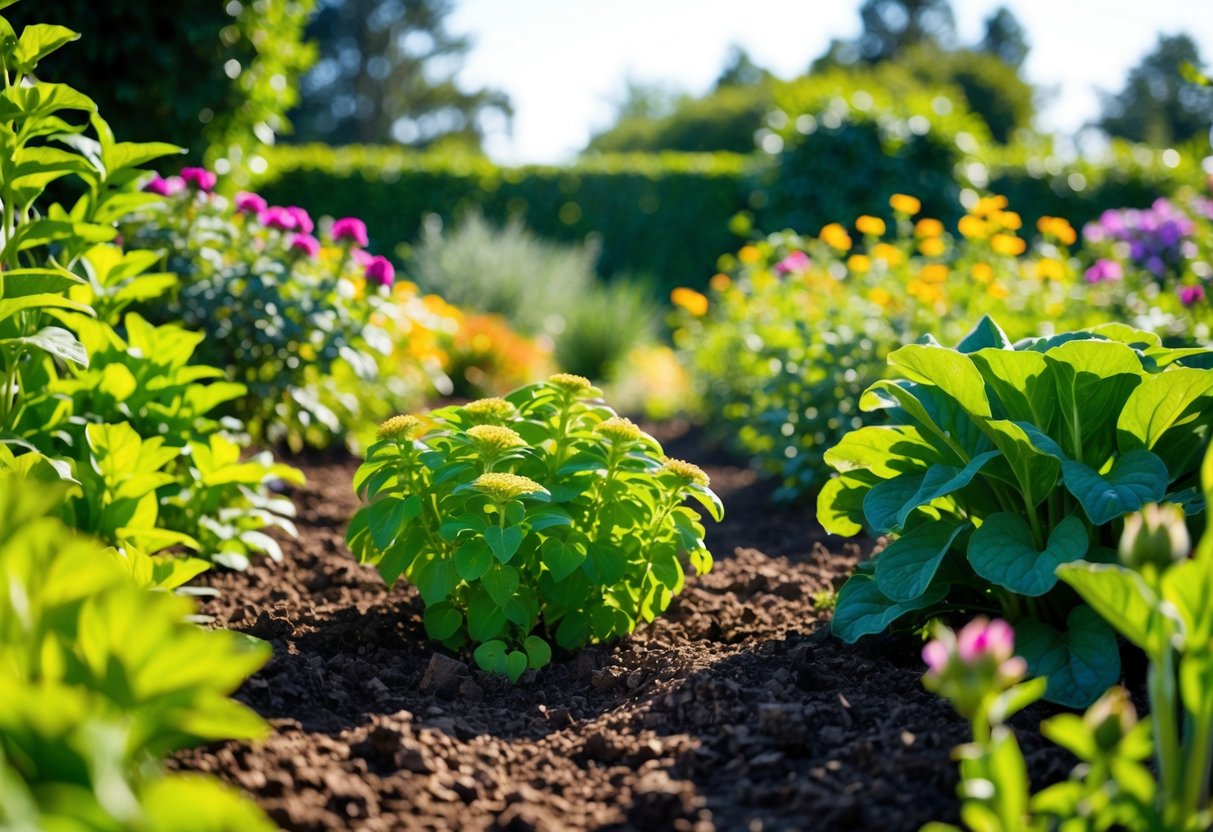
When choosing a spot for your hydrangeas, consider areas near a fence or your house. These locations can provide the right balance of light and protection, giving the hydrangeas the environment they need to flourish.
It’s also important to plant them in soil enriched with organic matter to help retain moisture.
Getting your hydrangeas off to a good start involves more than just finding the perfect location. Planting in spring or fall, when the soil is warm and moist, supports the growth of a strong root system. With these tips, you can enjoy beautiful hydrangeas that enhance your garden with their stunning presence.
Choosing the Right Location

To grow healthy hydrangeas, you need to find the perfect spot that meets their sunlight and soil requirements.
Proper sun exposure and the correct soil type are crucial for your plants to thrive.
Understanding Sunlight Needs
Hydrangeas enjoy morning sun and prefer to avoid the intense heat of the afternoon. This means that a spot where they get direct sunlight in the early hours but are shaded later in the day is ideal.
Different parts of your garden can provide varying sun exposure, so observe how the light moves.
In regions that are further south, afternoon shade becomes even more important because their heat can stress the plants. If your garden has too much shade, hydrangeas may not bloom well, so striking a balance is key.
Also, ensure there’s enough space around them for air circulation to reduce disease risk. For more details, refer to guidelines on where to plant hydrangeas.
Soil Type and Quality
The soil where you plant hydrangeas should be well-draining to prevent roots from sitting in water, which can lead to rot.
It’s important to have well-drained, moist soil that retains some moisture but doesn’t remain soggy for extended periods.
Test your soil’s pH because it can affect color. Hydrangeas adapt to both acidic and alkaline soils, but many varieties have specific preferences.
Acidic soils can make blue flowers more vibrant, while alkaline soils may enhance pink tones. Adding amendments like compost can improve soil quality and drainage, giving your hydrangeas the best chance to thrive. Learn more about soil type for planting hydrangeas.
Selecting a Hydrangea Variety
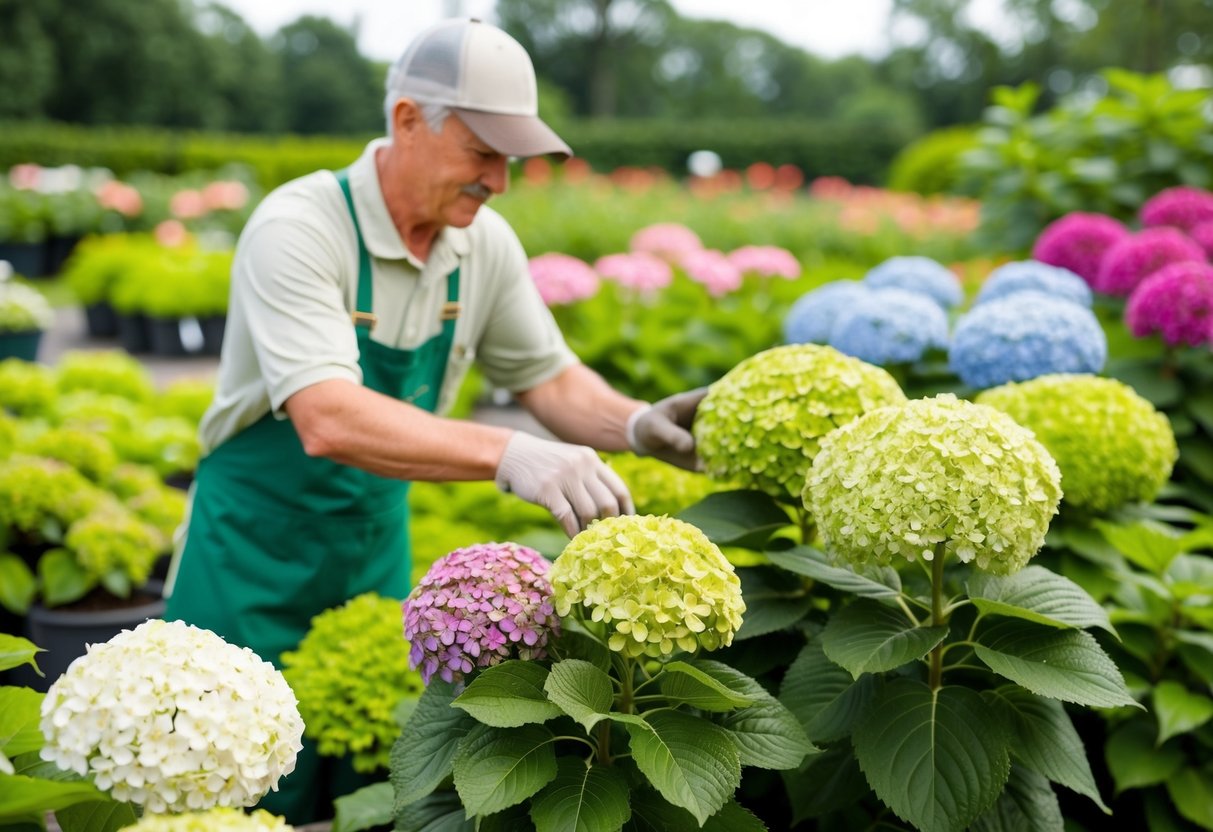
Choosing the right hydrangea variety depends on the bloom colors you prefer and the climate conditions in your area. Understanding these factors can help ensure you get the best plant for your garden.
Colorful Blooms
Hydrangeas come in several colors, which can often change with soil pH. Bigleaf hydrangea (Hydrangea macrophylla) offers bright pink or blue flowers, with blue hues appearing in more acidic soil.
Mountain hydrangea (Hydrangea serrata) is similar, providing a range of pink and blue shades. For classic white blooms, smooth hydrangea (Hydrangea arborescens) and oakleaf hydrangea (Hydrangea quercifolia) are popular choices.
If you want flowers that change color over the season, consider panicle hydrangea (Hydrangea paniculata), which starts white and can turn pink as they mature.
Plant Hardiness and Growth Habits
Hydrangeas vary in their hardiness and growth patterns. Smooth hydrangea can thrive well in hardiness zones 3 to 9, making it perfect for colder areas.
Panicle hydrangea is another hardy option, suitable for zones 3 to 8. For warmer climates, bigleaf hydrangea grows best in zones 6 to 9.
Look for climbing varieties like climbing hydrangea (Hydrangea anomala) if you want to cover fences or walls. It thrives in zones 4 to 8.
Consider the mature size of the plant, as some can grow quite large while others remain compact and manageable.
Hydrangea Planting Guidelines
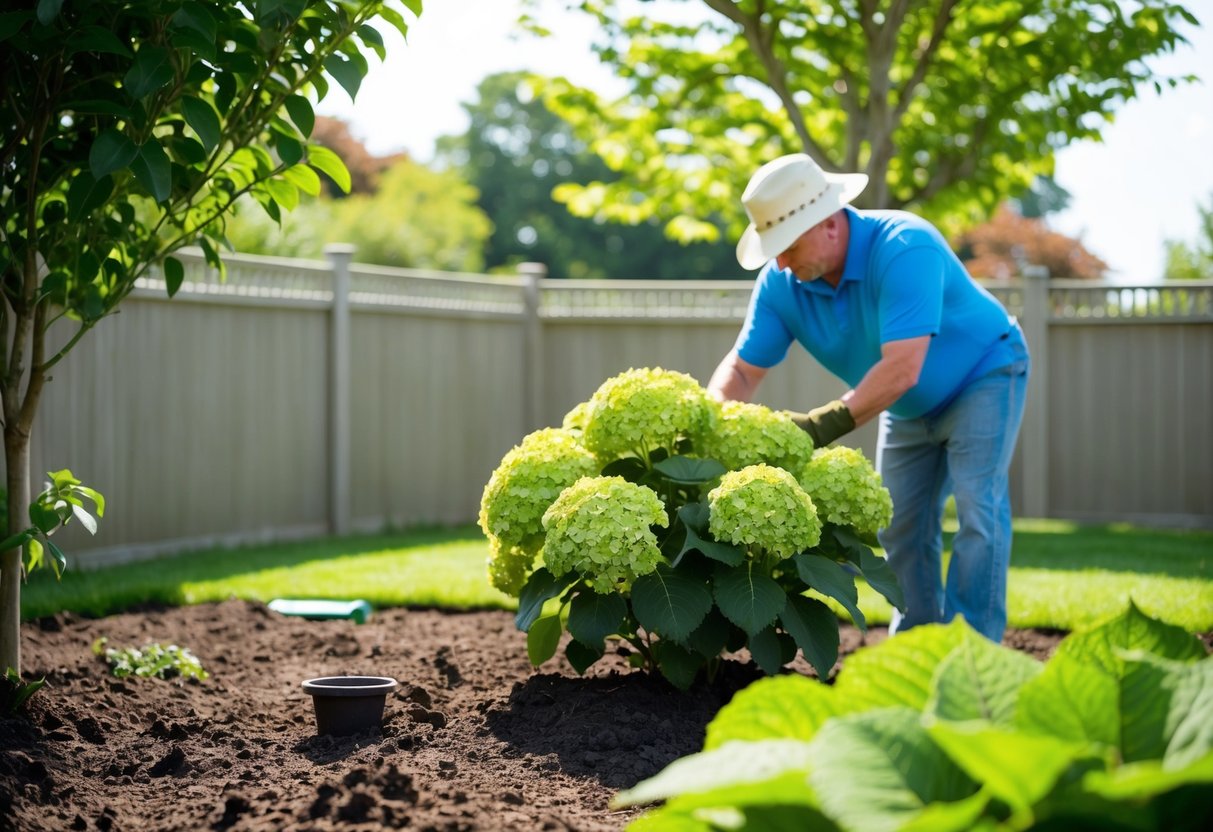
Planting hydrangeas successfully depends on timing and careful preparation. You’ll want to focus on the planting process and ensure proper timing and spacing to help your plants thrive. Here are some important guidelines to follow.
The Planting Process
When planting hydrangeas, start by choosing a spot with morning sun and afternoon shade. Dig a hole twice as wide as the root ball but just as deep.
Before placing the plant in the hole, improve the soil by adding organic matter such as well-rotted compost. This helps retain moisture and provides nutrients for the plant.
After placing the hydrangea in the hole, fill it halfway with soil, then water it generously. Allow the water to absorb, then fill the rest of the hole with soil.
Apply a thick layer of mulch around the base. Mulch keeps the soil moist and reduces the growth of weeds.
Water the plant deeply immediately after planting to reduce transplant shock. Follow this with regular watering once or twice a week.
Timing and Spacing
The best time to plant hydrangeas is in spring or fall when the soil is warm but not hot. Planting during these seasons gives the roots time to establish themselves before the more extreme weather of summer or winter.
If you plant in the summer, pay extra attention to soil moisture to prevent stress on the plant.
Space the hydrangea plants about 3 to 10 feet apart, depending on the specific variety. This spacing allows for enough airflow and reduces competition for nutrients.
Proper spacing helps each plant grow fully and bloom beautifully. Remember to consider the mature size of your hydrangeas to provide ample room for them to expand over time.
Caring for Your Hydrangeas
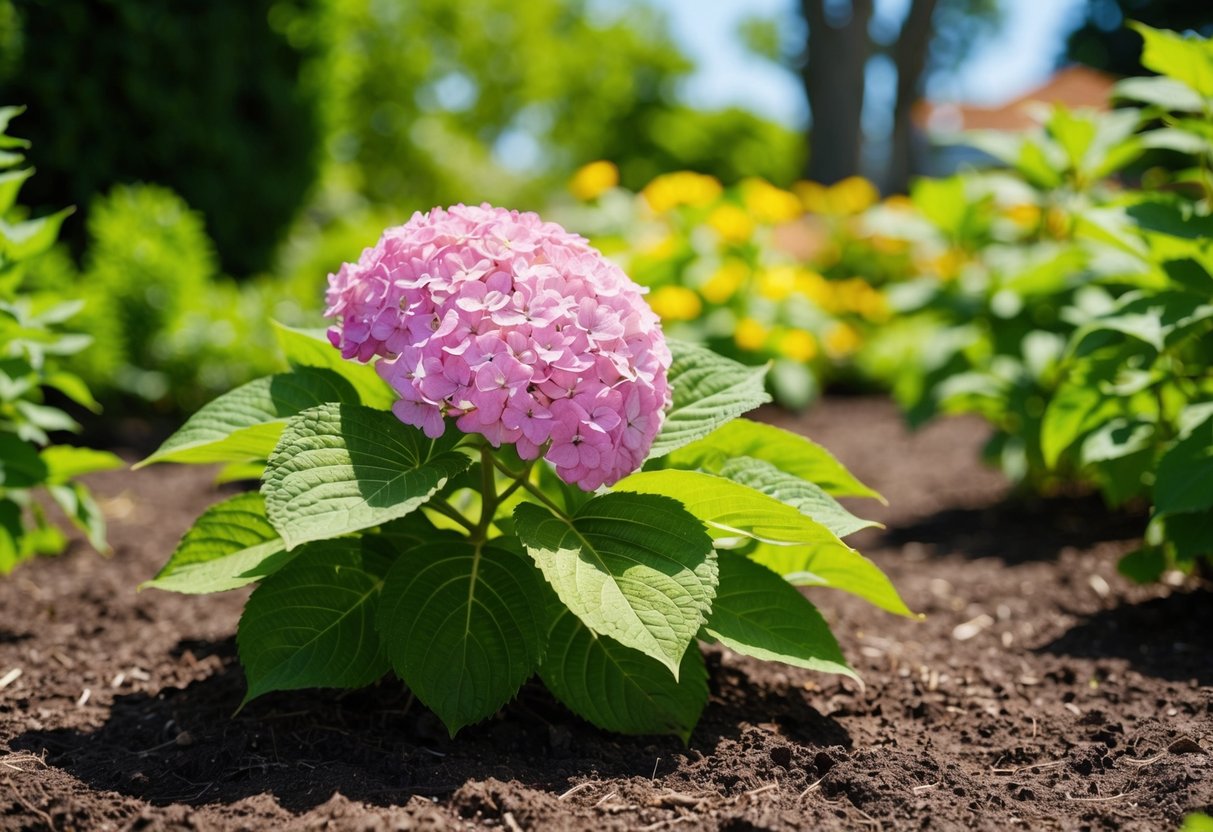
Caring for hydrangeas involves ensuring they have proper water, nutrients, and protection from weather conditions. Regular pruning also helps them thrive and produce beautiful blooms.
Watering and Nutrition
Hydrangeas need consistent moisture to grow well. You should water hydrangeas deeply but less frequently to encourage strong roots.
Aim to water them a couple of times a week, especially during dry spells.
It’s important that the soil remains moist but is not soggy to avoid root rot. A layer of mulch can help retain moisture and control weeds.
You can fertilize hydrangeas with a balanced fertilizer in spring to support healthy growth and vibrant flower heads.
Pruning and Maintenance
Pruning hydrangeas is essential for maintaining their shape and promoting healthy blooms. The best time to prune depends on the variety, but it’s usually done in late summer after the flowering season.
When pruning, remove dead or crossing branches and spent flower heads. Use clean, sharp tools to make clean cuts without damaging the plant.
Taking cuttings during pruning can be a great way to propagate new plants.
Protecting from the Elements
Hydrangeas can be sensitive to extreme weather. Too much sun can scorch their leaves, while too much shade can reduce flowering.
Ideally, plant them where they get morning sun and afternoon shade. This setup is especially beneficial in hotter climates.
Frost damage can also be a concern. You might want to cover your hydrangeas with a frost cloth if a sudden freeze is predicted. This protection helps manage the effects of cold weather on new shoots.
Propagation and Breeding
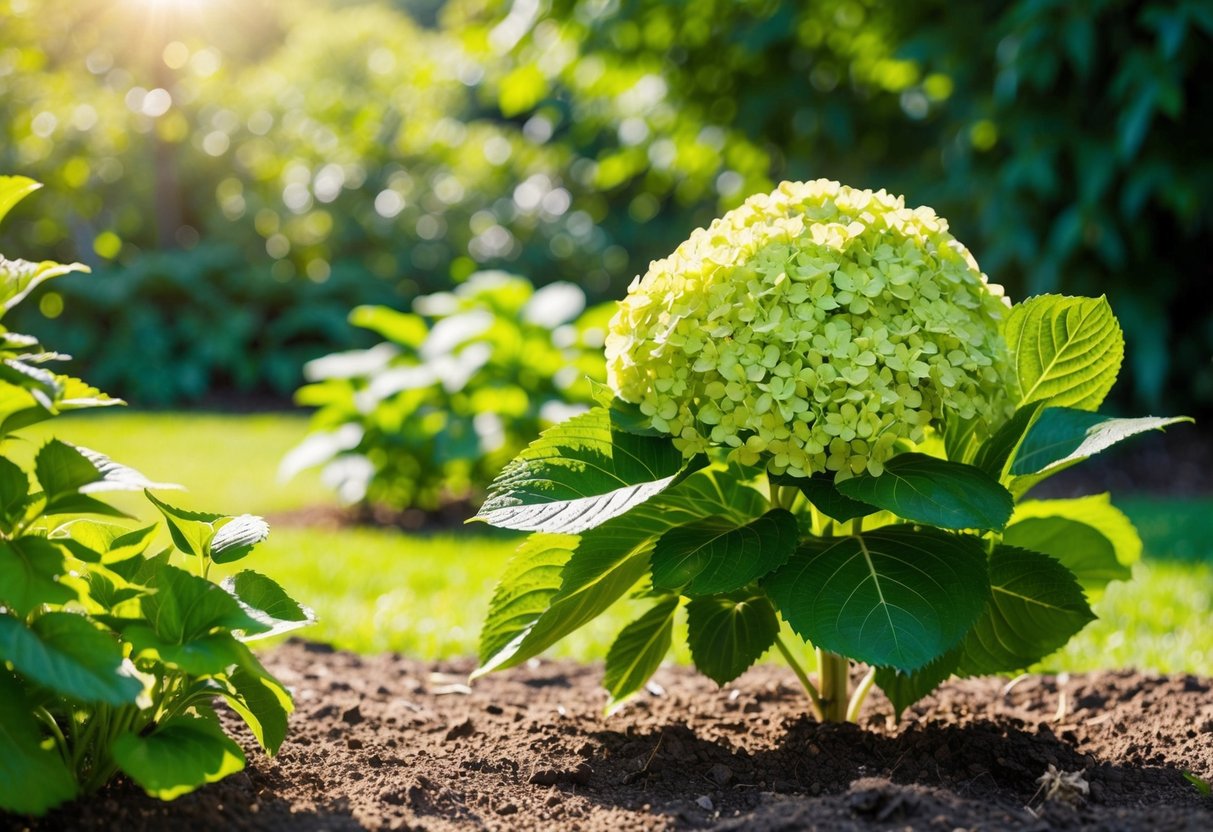
Growing new hydrangeas through propagation is a rewarding task. You can use methods like taking stem cuttings, which can be done in spring or autumn. Understanding each method can help you choose the right one for your garden.
Starting New Plants from Cuttings
Propagating hydrangeas from cuttings is a simple and rewarding project. When you’re ready to start, choose a healthy stem with no flowers.
Spring is an ideal time for softwood cuttings, as the plant is actively growing. Cut a section about 4-6 inches long, making sure it has a few leaves.
Remove the lower leaves and dip the cut end in rooting hormone.
Plant the cutting in a pot with well-draining soil, and water it thoroughly.
Cover it with plastic to maintain humidity, but make sure it has good air circulation.
Place the pot in a bright spot with indirect sunlight.
With some care, your cutting will grow roots in a few weeks. For more tips, you can refer to guides on propagating hydrangeas.







